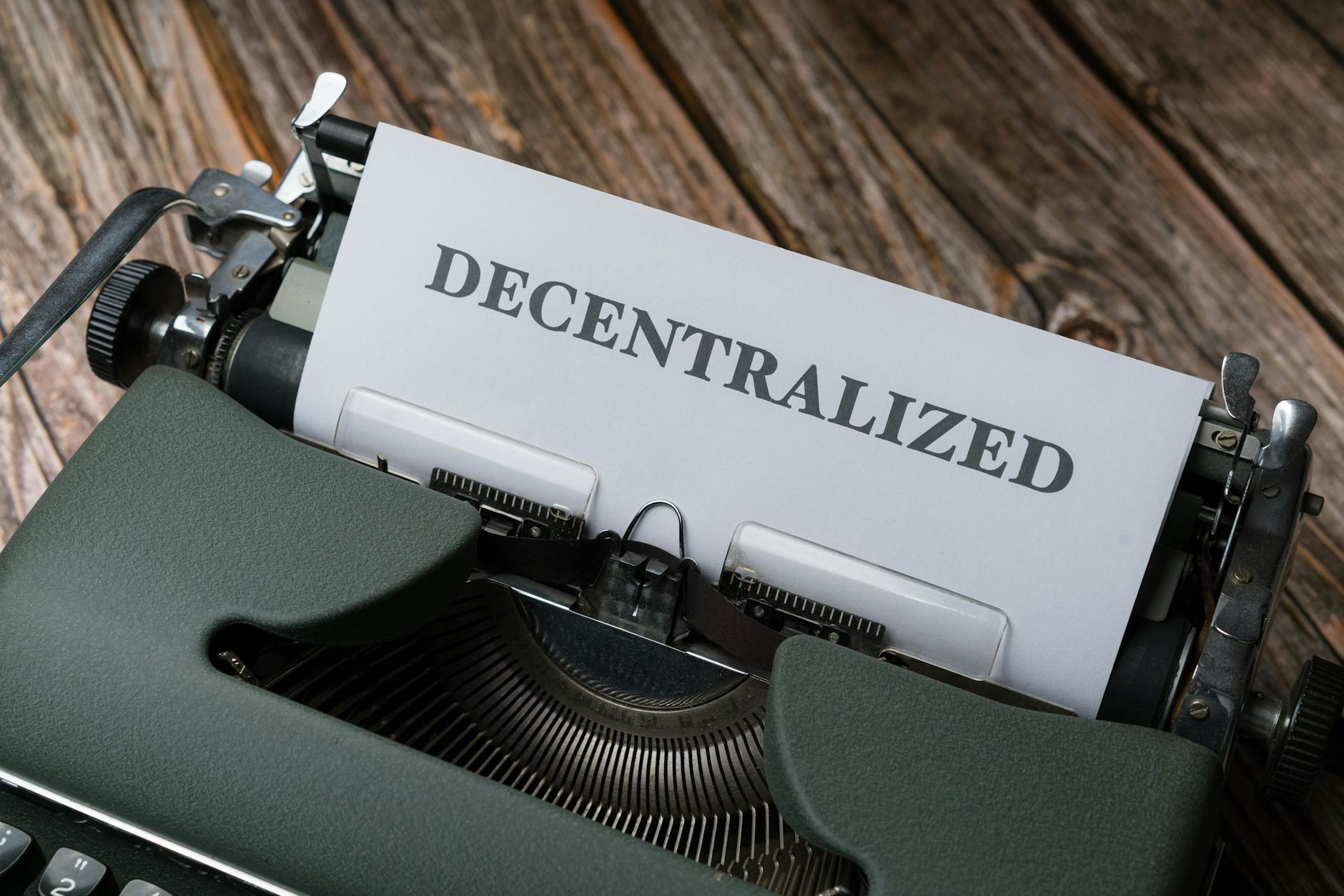Changpeng "CZ" Zhao, the co-founder and former CEO of Binance, has signaled a potential legal battle with Bloomberg following their report that linked him to a Trump-affiliated stablecoin project. This isn't the first time Zhao has locked horns with the media giant, and it certainly thickens the plot around the intertwining of politics and cryptocurrency.
At the heart of this controversy is Bloomberg's claim that Binance developed the smart contract code for USD1, a stablecoin from World Liberty Financial, allegedly connected to former President Donald Trump. Furthermore, the report suggests that Zhao sought a presidential pardon after USD1 figured in a major financial exchange. Responding on X, Zhao dismissed the piece as "sponsored" misinformation and suggested that legal action might be on the menu - again.
This isn't merely a squabble over facts. The implications are extensive and touch on several critical issues facing the crypto world today. First, there's the question of transparency and trust in stablecoin operations. The vast majority of USD1’s issued tokens reportedly resting in Binance wallets raises eyebrows about the control and distribution mechanisms behind the scenes.
Then there's the shadow of politics. Trump's crypto ventures have stirred the pot well before his office tenure ended, with increasing legislative focus that has culminated in potential regulations like the GENIUS Act. This act specifically addresses payment stablecoins and has managed bipartisan navigation through the Senate, despite being rooted in political controversy.
Zhao's reaction underscores a broader theme in the crypto industry: the tension between media portrayal and operational integrity. Previous altercations with the media, such as the retracted claim by Bloomberg’s Chinese-language edition that Binance was a Ponzi scheme, spotlight the delicate dance between regulatory compliance and public perception.
Binance's ability to stay in the limelight, for reasons good or bad, is unparalleled. One might argue that this visibility is a double-edged sword. While it draws user engagement and market influence, it also attracts intense scrutiny and criticism. For Zhao, this means battling on two fronts: maintaining Binance's operational integrity and managing its media image, a complex juggle of legal prowess and PR gymnastics.
The saga also sheds light on the regulatory environment surrounding cryptocurrencies as governments worldwide grapple with the digital transformation of money. Zhao's legal threats and public rebuttals are perhaps a stark reminder that the path towards cryptocurrency integration into mainstream finance is fraught with both technological challenges and narrative battles.
As for the watchers on the sidelines - traders, investors, analysts - the unfolding drama is a live case study in how intertwined legal, operational, and media narratives shape the market movements and regulatory responses in the world of crypto. It's a reminder that in this digital age, a tweet might weigh as much as a legal brief in the court of public opinion and market influence.



